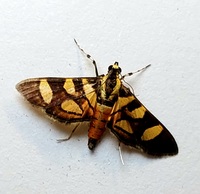
| Recorded by: Mark Basinger on 2025-10-21
Wilson Co.
Comment: | 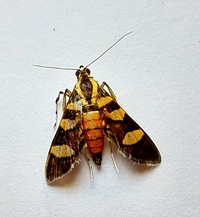
| Recorded by: Mark Basinger on 2025-10-21
Wilson Co.
Comment: |
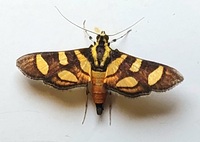
| Recorded by: Mark Basinger on 2025-09-27
Brunswick Co.
Comment: | 
| Recorded by: Mark Basinger on 2025-09-26
Brunswick Co.
Comment: |

| Recorded by: Mark Basinger on 2025-09-26
Brunswick Co.
Comment: | 
| Recorded by: Mark Basinger on 2024-11-01
Brunswick Co.
Comment: |
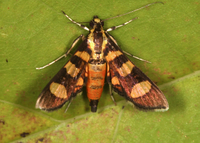
| Recorded by: Jim Petranka and Becky Elkin on 2024-10-13
Madison Co.
Comment: | 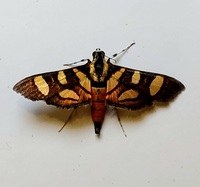
| Recorded by: Mark Basinger on 2024-10-04
Brunswick Co.
Comment: |
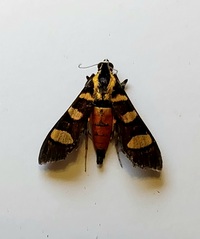
| Recorded by: Mark Basinger on 2024-10-04
Brunswick Co.
Comment: | 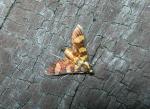
| Recorded by: R. Newman on 2024-10-03
Carteret Co.
Comment: |

| Recorded by: R. Newman on 2024-08-13
Carteret Co.
Comment: | 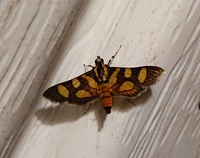
| Recorded by: Mark Basinger on 2023-10-01
Brunswick Co.
Comment: |
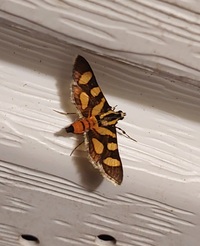
| Recorded by: Mark Basinger on 2023-09-30
Brunswick Co.
Comment: | 
| Recorded by: Mark Basinger on 2023-08-19
Brunswick Co.
Comment: |
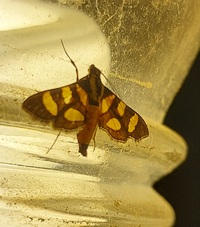
| Recorded by: Mark Basinger on 2023-08-19
Brunswick Co.
Comment: | 
| Recorded by: R. Newman on 2022-10-17
Carteret Co.
Comment: |
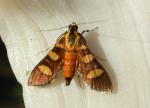
| Recorded by: R. Newman on 2021-11-10
Carteret Co.
Comment: | 
| Recorded by: R. Newman on 2021-10-30
Carteret Co.
Comment: |
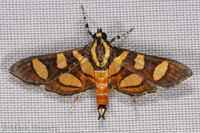
| Recorded by: Mark Shields on 2020-11-05
Onslow Co.
Comment: | 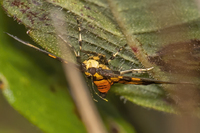
| Recorded by: Mark Shields on 2020-10-14
Onslow Co.
Comment: |
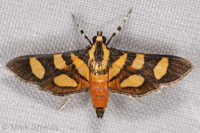
| Recorded by: Mark Shields on 2019-09-06
Onslow Co.
Comment: | 
| Recorded by: Darryl Willis on 2016-10-19
Cabarrus Co.
Comment: |
|

 »
»



 »
»

